Many famous inventions that make breakthroughs in science and technology seem to be random processes and are associated with the names of scientists and engineers who are directly related to this. But if you dig deeper, it turns out that a significant part of the discoveries are made by independent research groups almost simultaneously and in different locations, which indicates the inevitability of technical progress. Yes, the glory of the discoverer goes to only one, but the fact that many groups of people are always working on topical technical problems is today considered indisputable. A striking example is the history of the formation and development of microelectronics, which began with the discovery of semiconductors.

One of the main directions in this area is the creation and improvement of memory storage devices. And it must be said that it was here that the paradigm that we mentioned was manifested to the maximum extent and continues to manifest itself. Who among the youth knows about magnetic disks or floppy disks? Optical disks (CD / DVD) also quickly became an anachronism – today the main roles are flash memory, drives, which in different versions are used in almost all devices with an electronic control unit, from washing machines to USB sticks.
But it would be wrong to say that flash memory is a recent invention. The history of the development of this technology has been improving since the very first transistors appeared …
Contents
How it all began
It is known for certain when the first USB flash drive appeared, which is currently considered the most common portable storage device for huge amounts of data. But few people know that the first prototypes of flash memory were simply ridiculous by today’s standards, a few kilobytes and have come a long way to the current mass success.
Semiconductor diodes, which replaced tube diodes in the middle of the last century, led to the beginning of the era of miniaturization of electronics, and already in 1956 the Bosch Arma Corporation patented the invention of its employee, engineer Wen Qing Chou – a programmable memory of the PROM type. It is not known who exactly gave the name to flash memory, but the patent already contained the word flash, which was used to denote the method used to obtain such memory.
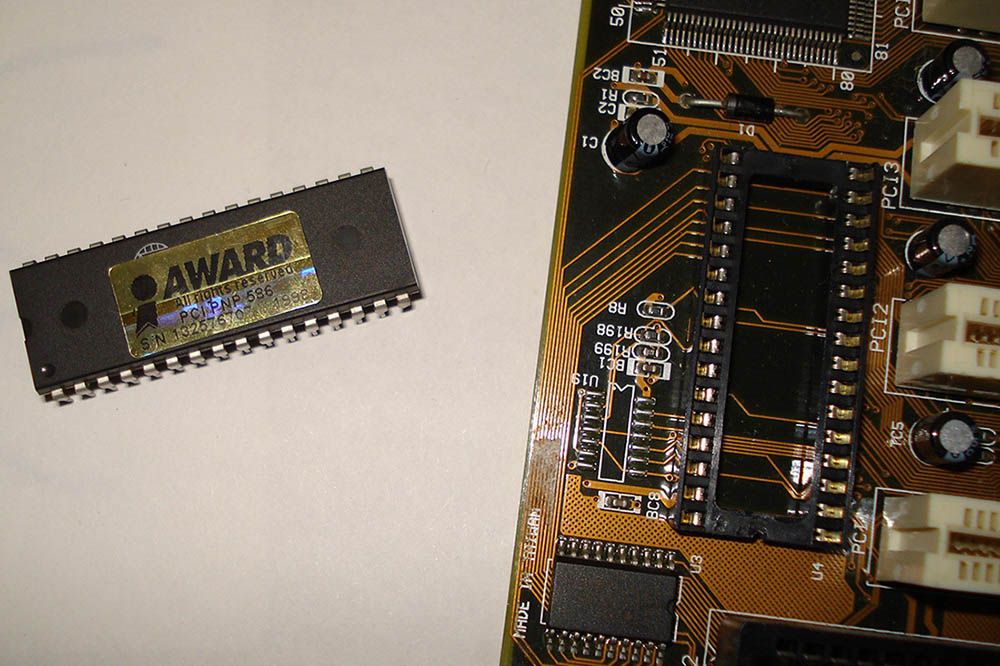
The essence of the invention was to create a two-dimensional array of diodes, each of which had a jumper. The process of writing data to flash memory consisted in supplying an increased current rating to the required circuit elements, as a result of which the jumpers were melted. Thus, it was possible to encode data in a binary system: 0 – if the jumper is intact, 1 – if it is melted. The devices that burn flash memory are called programmers.
Since the Bosch Arma Corporation was commissioned by the military (US Air Force), this invention was classified and used to store data for the guidance of Atlas ICBMs. It was only in 1969, when the patent became public, that the first industrial non-volatile PROM flash memory appeared. It had a number of advantages, including small size, fast readout time, but it was not devoid of disadvantages, one of which was low reliability – 10-35% of products were programmed with errors that could not be fixed.
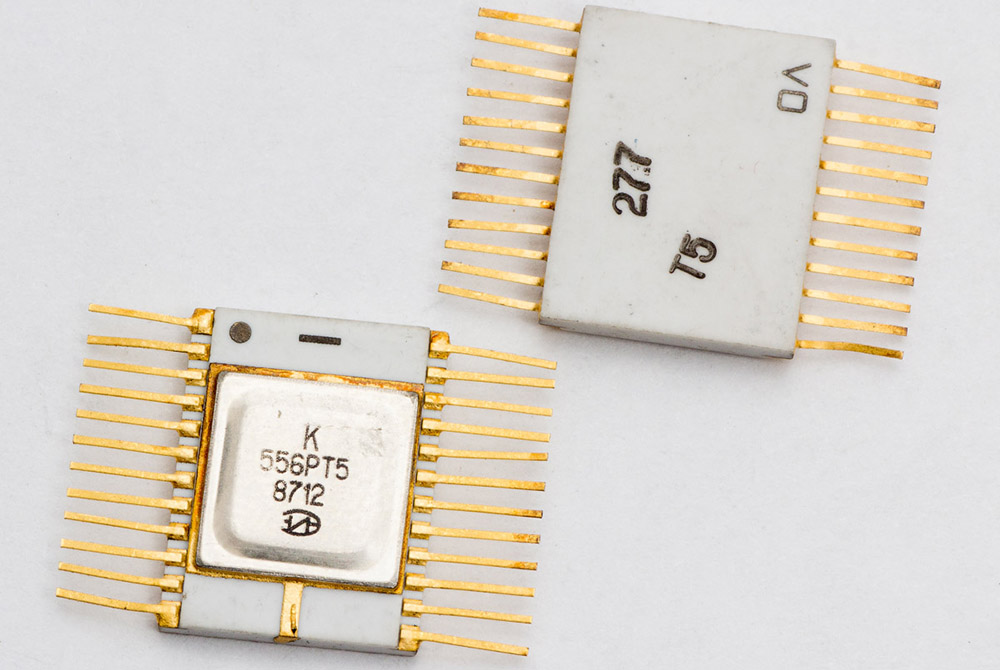
However, it was possible to put up with this, but in this way it was impossible to create a large memory, it was necessary to come up with a way to increase the density of the stored elements of the microcircuit. Finally, the impossibility of rewriting significantly limited the scope of this type of non-volatile solid-state flash memory. The breakthrough did not have to wait long.
First successes
In 1971, Intel engineer Dov Frohman, while investigating the reasons for the large number of defective integrated circuits produced, revealed that the presence of metallic impurities in semiconductors affects the properties of transistors, which allowed him to invent a prototype of EPROM flash memory with the ability to erase data. To change the state of the transistor, it was necessary to irradiate it with ultraviolet light. The programming principle remained the same – the supply of increased currents to transistors, each of which encoded 1 bit, but logically they were combined into a block of 8 transistors, encoding 1 byte of information.
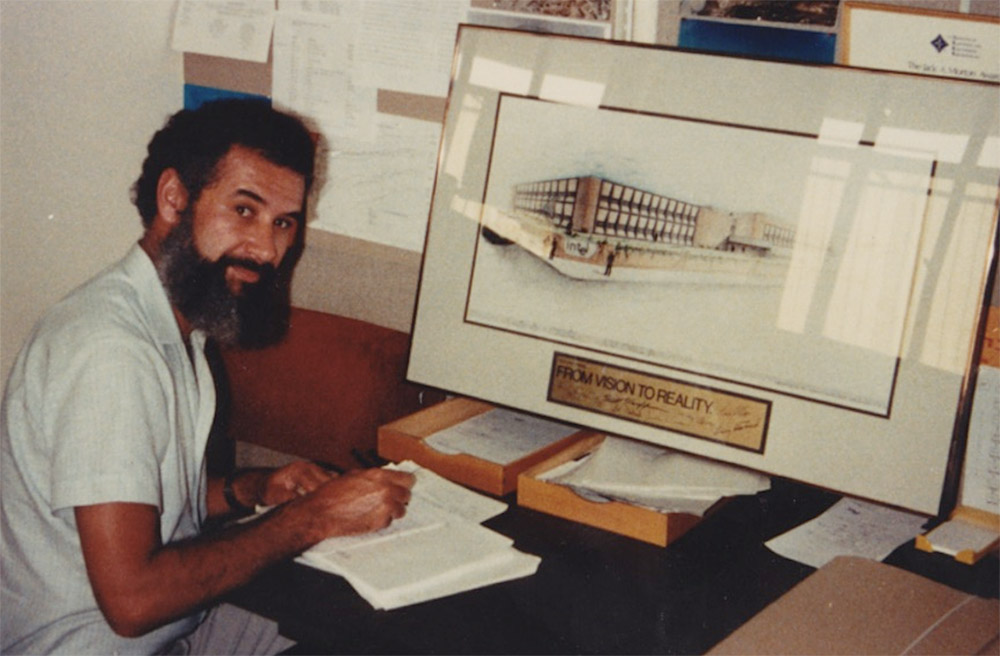
To irradiate the flash memory microcircuit, a transparent window was made in its upper part, and to exclude the influence of daylight, it was sealed with the manufacturer’s logo. Using a powerful UV lamp, the erasing process took several hours, and the entire matrix was erased at the same time. The number of flash memory read cycles was unlimited, in contrast to the erasure procedure, which led to the gradual destruction of the transistor gate.
The limitations of using an ultraviolet light source to erase information were overcome by Intel engineers in 1978 when George Perlegos improved the structure of the transistor flash memory unit by adding a thin layer of insulation. The new type of data carrier was named EEPROM and was used to manufacture the Intel 2816 microcircuit. Unfortunately, this technology also had a significant drawback – due to the technical difficulties of correctly supplying current through a thin dielectric layer, data rewriting turned out to be unfeasible when it comes to flash large memory.
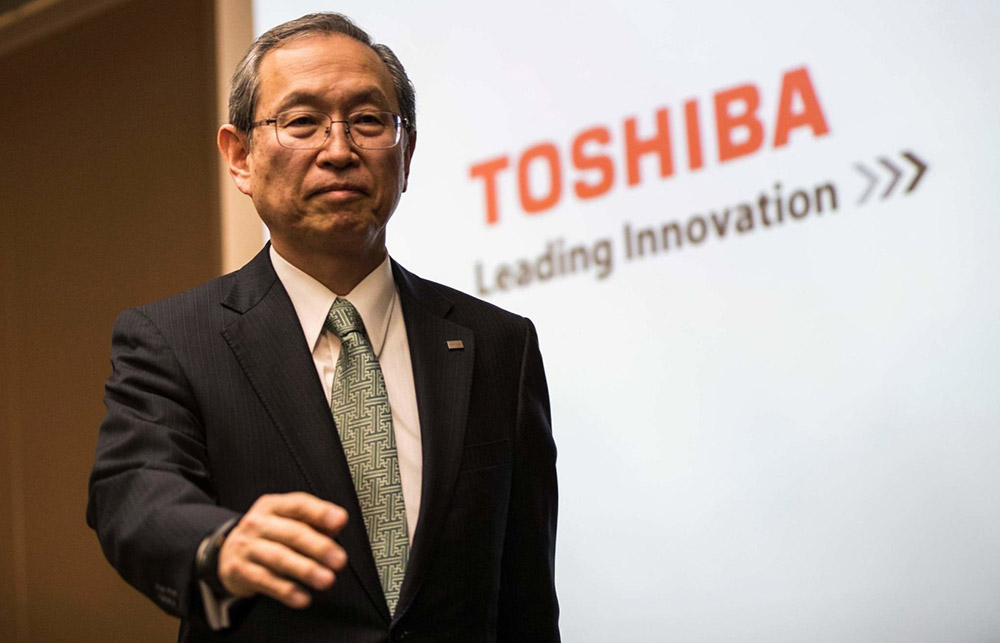
Six years later, Fujio Masuoka of Toshiba perfected flash memory, achieving significant increases in capacity, write and erase speeds, and in 1988 Intel began mass production of the first NOR-flash based on a Japanese patent. A year later, Toshiba announced the release of NAND memory, which is distinguished by a logically structured organization of the addressable architecture, in the form of blocks and pages. To manage this address space, flash memory was equipped with special service chips, which are still used today. The first prototypes were relatively simple and were only responsible for addressing operations with memory cells. Modern FSP microcircuits are quite powerful and efficient multicore chips that serve both for addressing flash memory and for error correction,and to remove accumulated in memory “information” garbage.
It is FSPs that are currently the “heart” of flash memory, making a significant contribution to the duration of the development of new microcircuits.
Difficulties with erasing and rewriting data pushed flash memory into a rather narrow niche – for writing firmware such as firmware, which were rarely changed.
For mass storage of data in stationary computers, magnetic media were used; for a long time, floppy disks were used as wearable drives, requiring a reading device – a floppy drive. The advent of optical discs made it possible to multiply the amount of recorded data, but they also required the use of a special drive, moreover, the recording itself was a rather lengthy process and did not differ in reliability. However, the CD / DVD discs themselves were easily scratched and were negatively affected by many other external factors.
And then a new generation of flash memory entered the scene. The beginning of the new millennium, when the first flash drives appeared, was characterized by the rapid development of microelectronics. In 2000, engineers at M-Sistems (Israel) developed an 8MB DiskOnKey wearable drive. Around the same time, Singapore-based company M-Sistems announced its development of a USB flash drive of the same size, ThumbDrive.
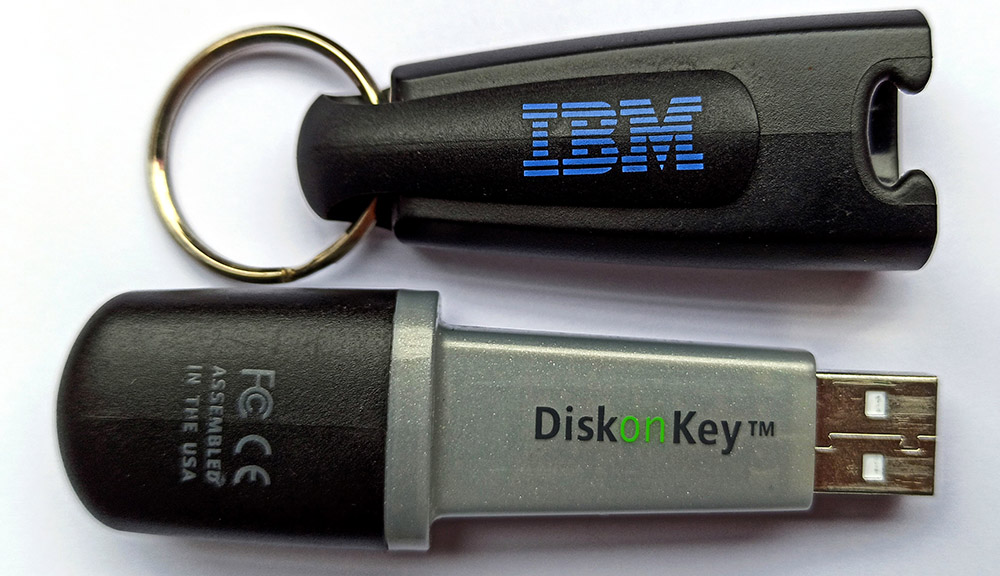
In parallel, the development of flash memory of much larger volumes, but requiring the use of a reading device – a card reader, was underway.
SD Cards
At the same time as the first USB sticks appeared, a consortium of several large IT companies (SanDisk, Panasonic and Toshiba), called the SD Association, began developing a new generation of flash memory with increased volume. After a while, a number of other industry giants joined the association, including Kingston, Intel, AMD, Apple, HP, Nikon, Canon, and others. As a result, 2 GB SD cards were born, which was a real breakthrough. Such flash cards were actively used in digital cameras, and at first this volume was quite enough. But as the resolution of the CMOS matrices increased, so did the file sizes, and besides, it became possible to shoot video that requires much larger amounts of flash memory. Doubling the size of SD cards did not solve the problem, and in 2006 they invented the SDHC flash drive format,which allowed to increase the storage capacity up to 32 GB. Incompatibility at the level of card readers turned out to be the only significant drawback of the new format, but soon that amount of memory was not enough.
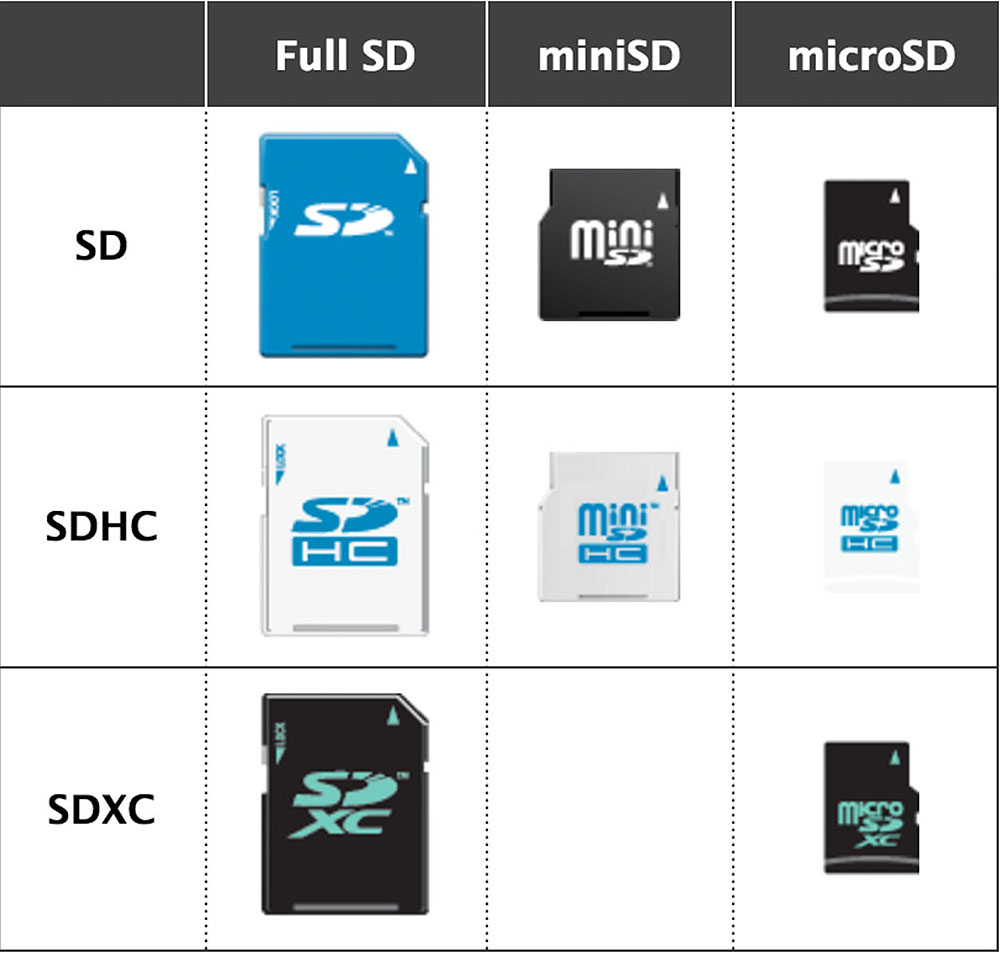
The stuffing of flash memory was again improved, so the SDXC format appeared with the ability to store up to 2 TB of information, which is still relevant to this day. How long will this volume last? If you think so, then we advise you not to jump to conclusions …
MicroSD cards
SD cards were good for everyone, both in terms of volume and as fast data rewriting as possible. The dimensions were also such that they could be used in digital cameras and other computer equipment. But here smartphones appear in the forefront, where the struggle is for every extra square millimeter of space. And there was no room for SD cards.
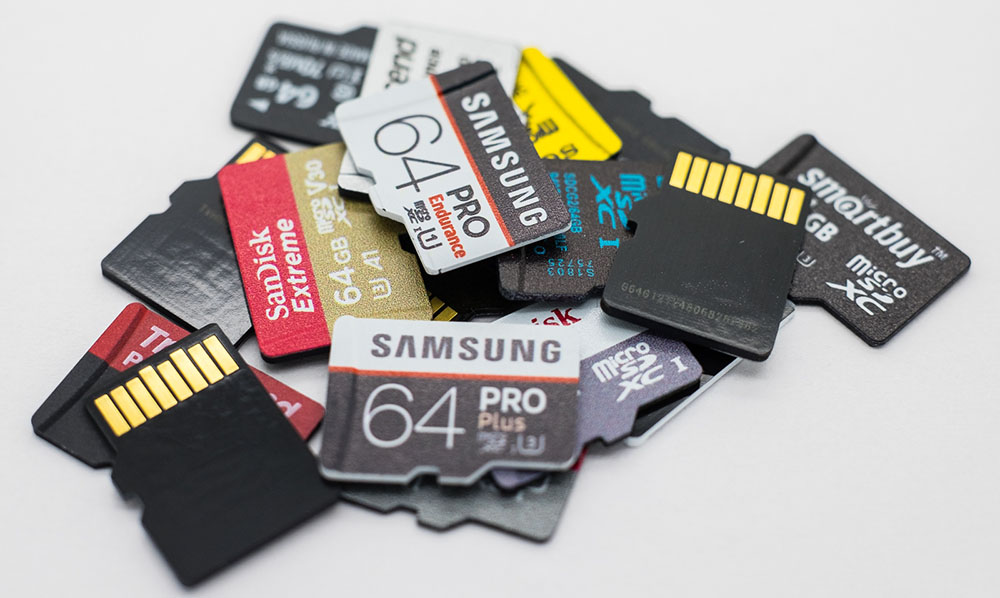
A multiple reduction in size was required, which was achieved with the next generation of flash memory – microSD cards. They are four times smaller while maintaining the volume and speed characteristics of the older brother. In most cases, the use of microSD cards is possible in slots for ordinary SD cards, the presence of an adapter adapter is enough, but a larger card cannot be placed in a small slot.
As for the format of the stored data, it is identical for both technologies, while it is constantly evolving. The latest implemented format is microSDUC, which allows storage of up to 128 TB of data on a medium.
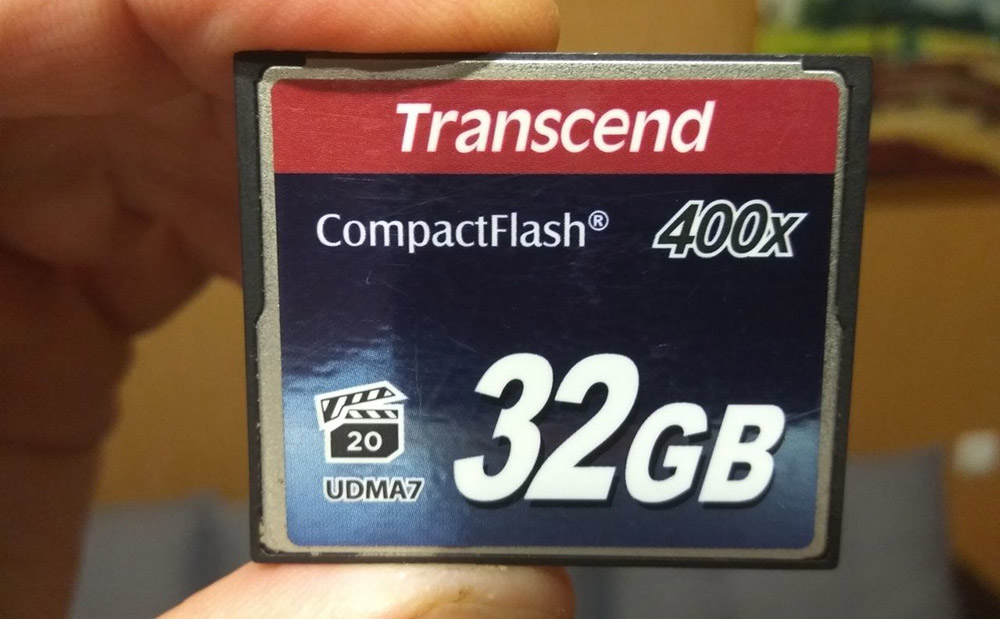
Note that the history of improving flash memory is by no means as cloudless as it might seem. Along with the accustomed formats, there were a number of not entirely successful types of flash memory, the development of which took a huge amount of human and financial resources. Suffice it to recall the not widely used flash memory formats:
- CompactFlash – appeared in 1990, flash memory was characterized by a record exchange rate for that time – about 90 MB / s;
- MemoryStick – the first media of this type of flash memory with a volume of 128 MB appeared on sale in 1998;
- MemoryStick Pro entered the market 5 years later and had half the size compared to MS;
- MemoryStick Pro Duo, released in 2006, had a volume increased to 32 GB.
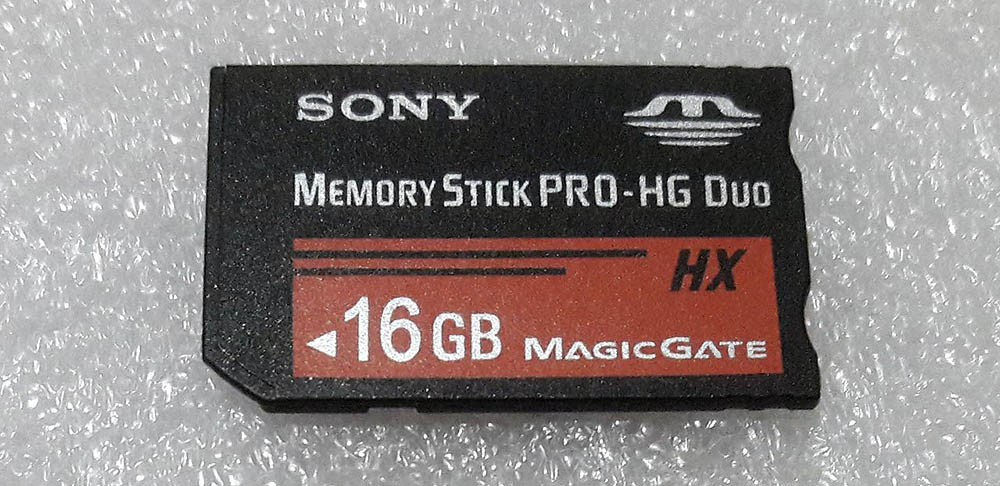
The current generation will definitely live up to the time when a fundamentally new type of flash memory appears, but one can only guess whether these changes will be revolutionary or will have an evolutionary character. Judging by the number of publications in specialized editions, developments in this direction are being carried out quite intensively.